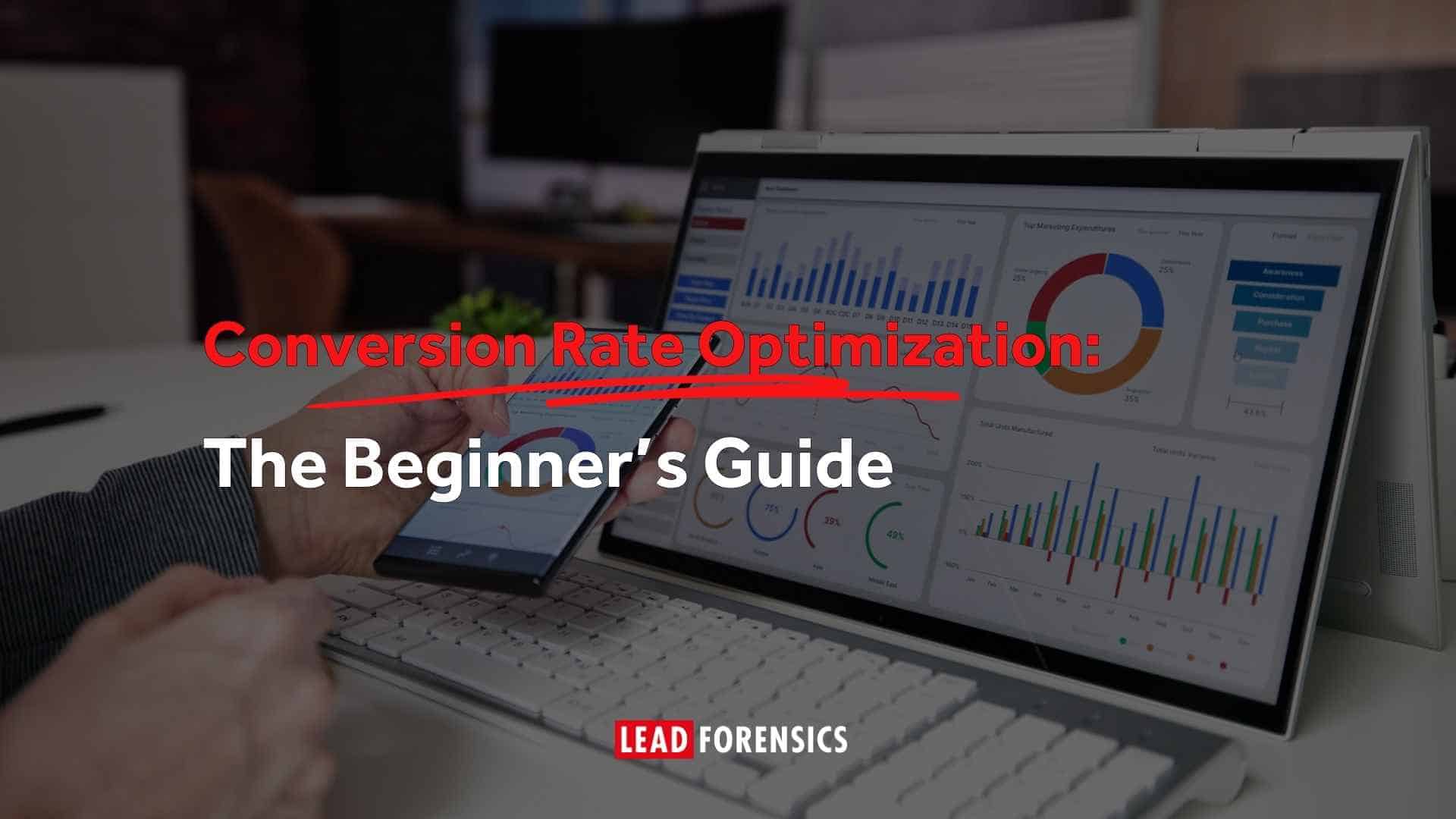You’re not alone – in fact you can take solace in the fact that 48% of B2B sales reps share your fear of cold calling, your propensity for overthinking, and the sheer terror that rejection brings you.
The bad news is that cold calling remains an important strategy to reach potential clients and drive business growth. The good news is that overcoming cold calling anxiety is entirely possible with the right mindset, preparation, and effective techniques.
Want more tips on cold calling? Check out our webinar “How to Become Captain Cold Call!”
Prepare Thoroughly
Preparation is key to building confidence and reducing anxiety when making cold calls.

By investing time in researching your prospects before making the call, you can gather valuable information about their business and gain insights into their specific challenges. Armed with this knowledge, you’ll be able to customize your pitch and demonstrate a genuine understanding of their needs.
Creating a script or outline can also be helpful in guiding your conversation during a cold call. However, it’s important to strike a balance between structure and flexibility. While a script can provide a roadmap for your discussion, sounding robotic or overly rehearsed can come across as disingenuous. Instead, aim for a natural and authentic conversation that allows for fluidity and genuine engagement.
In addition to researching your prospects and developing a guiding framework, it’s also beneficial to anticipate potential objections or questions they may raise. Think about how you can address these concerns effectively and provide compelling responses. By preparing well-rounded answers, you can instill confidence in your abilities and present yourself as a knowledgeable and reliable resource.
On top of that, it’s essential to familiarize yourself with your own product or service inside out. Ensure that you have a comprehensive understanding of its features, benefits, and how it can specifically address the pain points of your prospects. This level of product knowledge will allow you to speak confidently and demonstrate the value you can bring to their business.
By thoroughly preparing before each cold call, you can approach the conversation with confidence and reduce anxiety. The research, scripting, and product knowledge you acquire through preparation will provide a solid foundation for successful interaction with your prospects. Remember, the more prepared you are, the better equipped you’ll be to handle any situation that arises during the call.
Embrace Rejection as a Learning Opportunity
Let’s face it, nobody likes being rejected. But here’s the thing: rejection in cold calling isn’t a sign that you’re not good enough or that your offering lacks value. It’s simply a part of the game.
It’s not a reflection of your worth or abilities, It’s simply a mismatch between your offering and the prospect’s needs or circumstances. Embrace rejection with a shrug and a smile, knowing that it brings you one step closer to finding the perfect match.
Each “no” is not a personal attack; it’s an opportunity to refine your approach and improve your sales skills. Embrace it as valuable feedback that can propel you forward. Remember, even the most successful salespeople have faced rejection countless times before achieving their triumphs.
Don’t forget that rejection can sometimes lead to unexpected opportunities. Just because someone says “no” today doesn’t mean they won’t be interested in the future. Keep nurturing relationships, follow up, and maintain a positive attitude. You never know when a rejected prospect might turn into a valuable client down the road.
Reframe Your Perspective
Cold calling can be a daunting task for many B2B salespeople. The thought of reaching out to complete strangers, interrupting their day, and potentially facing rejection can trigger anxiety and reluctance. However, reframing your perspective on cold calling can make a significant difference in your approach and ultimately your success.
Instead of perceiving cold calling as a bothersome or intrusive task, try to see it as an opportunity to establish meaningful connections with potential clients. Consider it as a chance to provide value and solutions to their pain points. By shifting your focus from solely making a sale to genuinely helping others, you can approach cold calls with a more positive and empathetic mindset.
When you view cold calling as a means to help and solve problems, it becomes less about pushing your product or service and more about building relationships and understanding the needs of your prospects. This mindset shift allows you to engage in meaningful conversations, ask relevant questions, and actively listen to your potential clients.
By adopting this perspective, you can approach each cold call with a genuine desire to understand your prospect’s challenges and offer tailored solutions. This not only enhances the quality of your conversations but also builds trust and credibility with your prospects. When you prioritize providing value over making a sale, you create a foundation for long-term partnerships and repeat business.
Reframing your perspective on cold calling empowers you to see it as an opportunity for growth and personal development. It encourages you to focus on honing your communication skills, improving your product knowledge, and continuously learning from each interaction. With time and practice, you will become more confident, resilient, and effective in your cold calling efforts.
Get Back on the Horse
After experiencing a challenging or unsuccessful cold call, it’s important not to let it linger and negatively impact your mindset. Instead of dwelling on a bad call, it’s beneficial to quickly move on and dial the next prospect. Taking immediate action allows you to regain momentum and increases the likelihood of having a more positive and successful interaction.
By promptly moving on to the next call, you prevent fear and apprehension from building up. The longer you wait between calls, the more time there is for negative thoughts to fester and for doubts to creep in. However, by jumping right back into the process, you break the cycle of negativity and maintain a proactive mindset.
Each cold call is an opportunity to learn and improve. By reframing a bad call as a learning experience rather than a failure, you can extract valuable lessons and insights that will benefit future interactions. Embrace the mindset of continuous improvement and view each call as a stepping stone toward success.
Additionally, by swiftly moving on to the next prospect, you maintain a sense of resilience and perseverance. It demonstrates your ability to bounce back from setbacks and maintain focus on your goals. Remember that success in cold calling often comes with persistence and consistency, so it’s important to keep pushing forward.
While it’s important to analyze and reflect on your calls to identify areas for improvement, dwelling on a single bad call can hinder your progress. Instead, use the experience as motivation to refine your approach, adjust your strategy, and implement any necessary changes. Keep in mind that success in cold calling is often a numbers game, and the more calls you make, the higher your chances of achieving positive outcomes.
Practice Mindfulness and Self-Care
In the high-stress world of B2B sales and cold calling, it’s essential to prioritize mindfulness and self-care to effectively manage anxiety. Taking care of your mental and emotional well-being is crucial for maintaining a healthy mindset and ensuring peak performance in your work.
One way to promote a balanced state of mind is to engage in activities that help you relax and recharge outside of work. Regular exercise, whether it’s going for a jog, practicing yoga, or hitting the gym, can have a positive impact on your overall well-being and reduce stress levels. Engaging in hobbies or pursuing creative outlets that bring you joy and fulfillment can also be a great way to unwind and rejuvenate.
Incorporating mindfulness techniques into your daily routine can help you cultivate a sense of calmness and clarity. Deep breathing exercises, for example, can help regulate your heart rate and reduce anxiety before making cold calls. Taking a few moments to center yourself and focus on the present can significantly improve your mindset and approach during conversations with prospects.
Additionally, don’t underestimate the power of self-care and nurturing personal relationships. Spending quality time with loved ones, engaging in meaningful conversations, or simply enjoying moments of connection can provide a sense of support and emotional well-being. Carving out time for activities that bring you joy and relaxation can help you recharge and approach your work with a refreshed perspective.
By practicing mindfulness and self-care, you not only manage anxiety but also enhance your overall performance as a B2B salesperson. Taking care of your mental and emotional health allows you to show up as your best self during cold calls, fostering better connections and more authentic conversations with prospects.
Set Realistic Goals
Setting realistic goals is a fundamental aspect of managing confidence and anxiety in the realm of B2B sales. By breaking down your sales targets into smaller, achievable milestones, you create a clear roadmap for success. This approach helps to alleviate the pressure and overwhelm that can come from focusing solely on the end result.
When you set smaller goals, it becomes easier to track your progress and celebrate each accomplishment along the way. Recognizing and acknowledging even the smallest wins boosts your confidence and provides a sense of motivation to continue moving forward. Celebrate these milestones, whether it’s securing a meeting with a prospect or successfully overcoming objections during a call.
It’s important to remember that success in cold calling often comes through consistent effort and persistence. While immediate results are desirable, they may not always be attainable. By setting realistic goals and focusing on the process rather than solely on outcomes, you can stay motivated and resilient in the face of challenges.
Embrace the journey of continuous improvement and view each call as an opportunity to refine your skills and learn from the experience. Adjust your approach as needed, incorporating feedback and insights gained from previous interactions. This iterative process allows you to steadily improve your performance and increase your chances of achieving long-term success.
Moreover, setting realistic goals enables you to maintain a healthy work-life balance. It prevents you from becoming consumed by the pressure of achieving monumental targets, allowing you to allocate time and energy to other aspects of your life that bring you joy and fulfillment.
Seek Support and Training
Never underestimate the power of learning from others who have experience and expertise in the field. By engaging with experienced sales professionals, joining networking groups, or seeking mentorship opportunities, you can gain valuable insights and techniques for effective cold calling.
Connecting with seasoned sales professionals allows you to tap into their knowledge, learn from their experiences and self-improve. They can provide valuable advice, share best practices, and offer guidance on how to navigate common challenges in cold calling. Engaging in meaningful conversations with industry peers not only expands your network but also provides a platform for learning and collaboration.
Mentorship is another powerful avenue to explore. Finding a mentor who has excelled in the field of B2B sales can offer personalized guidance and support. A mentor can provide valuable feedback, help you refine your approach, and offer encouragement during challenging times. Their expertise and perspective can help you develop the necessary skills and mindset to succeed in cold calling.
Attending sales training programs or workshops that specifically address call anxiety can also be highly beneficial. These programs are designed to equip you with the tools and strategies to overcome anxiety and improve your cold calling techniques. By acquiring new skills and knowledge, you can build your confidence and refine your approach, ultimately increasing your effectiveness in connecting with prospects.
Investing in your professional development through support and training demonstrates a commitment to continuous improvement. It shows that you are dedicated to honing your skills and staying ahead in an ever-evolving sales landscape. The knowledge and insights gained from engaging with others and participating in training programs will help you stand out in your field and differentiate yourself as a skilled and confident cold caller.
Conclusion
Overcoming cold calling anxiety is a journey that necessitates determination and a positive mindset. By implementing various strategies, you can significantly improve your cold calling skills and achieve success in B2B sales.
Reframing your perspective is a crucial first step. Viewing cold calling as an opportunity to provide value and solve problems rather than a bothersome task can transform your mindset and approach. Preparing thoroughly by researching prospects, developing a script or outline, and anticipating objections allows you to tailor your pitch and demonstrate understanding. Moreover, practicing active listening during cold calls helps you engage in meaningful conversations and establish rapport with potential clients.
Embracing rejection as a learning opportunity is vital for personal growth. Rather than being discouraged by a “no,” use it as an opportunity to refine your pitch and learn from the experience. Additionally, prioritizing self-care and setting realistic goals ensure that you maintain a healthy work-life balance and stay motivated.
Seeking support and training from experienced professionals and attending sales programs can provide valuable insights and techniques for effective cold calling. By learning from others and continuously improving your skills, you can build confidence and excel in your B2B sales efforts.
Remember, conquering cold calling anxiety takes practice. The more you engage in cold calls, the more comfortable and confident you will become. Don’t be afraid to pick up the phone, make meaningful connections, and seize the opportunities that lie within each call.
In summary, by implementing these strategies and adopting a positive mindset, you can overcome cold calling anxiety and achieve success in B2B sales. Embrace the journey, continue to learn and grow, and watch your confidence soar as you make valuable connections with potential clients.
Lead Forensics
Lead Forensics is an invaluable tool for B2B sales professionals looking to enhance their cold calling efforts. By providing you with detailed insights and analytics, Lead Forensics helps you identify the businesses that have visited your website, even if they haven’t made contact.
Armed with this information, you can prioritize your cold calling efforts by targeting warm leads who have already shown interest in your products or services. With Lead Forensics, you can make your cold calls more personalized and impactful, armed with the knowledge of a potential client’s browsing history and engagement on your website.
By leveraging Lead Forensics, you can maximize your chances of converting prospects into loyal customers through effective and targeted cold calling strategies. Try it for free today!










